The Gift of South Dakota
Subscriptions to South Dakota Magazine make great gifts!
Subscribe today — 1 year (6 issues) is just $29!
Hell Canyon’s Flower Power
Jun 18, 2018
Sometimes you're cruising through the apocalyptic burn scar seared into the beautiful Black Hills by the Jasper Fire and you start to sob. But take heart, tree lovers! There is more to see here than just a timber bone yard. Those noble ponderosa didn't perish for naught. As their bodies lie moldering on a montane open grave, the sun that sustained them now sustains a vast, kaleidoscopic wildflower riot — as varied in form as in color. You just have to get a little closer to see them.
The Hell Canyon Trail, just west of Jewel Cave National Monument (on Black Hills National Forest land) will get you there. The 5-plus mile loop, rated moderate in terms of difficulty, explores sunny slopes where the inferno raged and low-lying bottomlands that were mostly spared.
"Hell Canyon is a good place to see early-blooming plants because it has a lot of exposure," says Cheryl Mayer, a Forest Service Botany Technician who rock climbs in her spare time.
"And you get a variety of habitat types. You get your upper canyon, which [after the fire] is now grassland, prairie-type habitats. Then when you turn the corner and come into the canyon bottom you get some different plant communities. The fire didn't burn as hot in the bottom, so there's still the overstory of pine — and you see some communities that are dominated with more deciduous types of overstory, like box elder and chokecherry. You get a lot of variety of vegetation types in a pretty short, accessible loop."
With Mayer as a guide, we encountered lanceleaf bluebell, some late-blooming pasque (as well as others gone to seed), Wyoming kitten-tail, sand lily, Nuttall's violet, hairy puccoon, Rocky Mountain iris (not quite bloomed yet), wild blue flax, Missouri milkvetch, silver bladderpod, longspur violet, rock clematis, Western red currant, golden sweetpea, serviceberry, alyssum-leaf phlox, shooting star, mouse-ear chickweed, pincushion cactus, prairie smoke, wild strawberry, bastard toadflax, rock cress, tufted milkvetch, kinnikinnick, slender lip ferns thriving in rock crevices, buttercup, heartleaf alexander, Canada violet, early cinquefoil, box elder in flower, larkspur and valerian.
Later in the season: "You'll get a different assortment," Mayer says. "There will be some different flowering shrubs, like chokecherry. You'll see more rock mountain iris in bloom. You'll see death camas on the higher, more barren slopes."
So there you have it. If you've been looking for ways to make wildflower-watching sound more badass, just say you're going to spot some death camas on a barren Hell Canyon slope.
Michael Zimny is the social media engagement specialist for South Dakota Public Broadcasting in Vermillion. He blogs for SDPB and contributes arts columns to the South Dakota Magazine website.


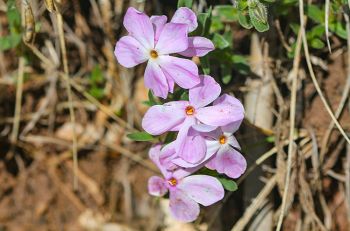
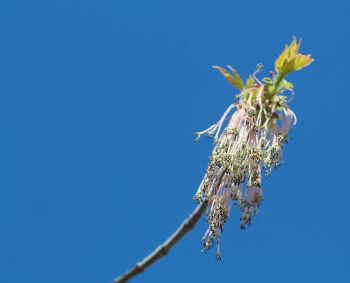
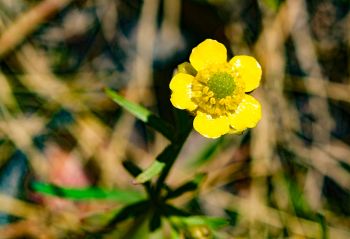
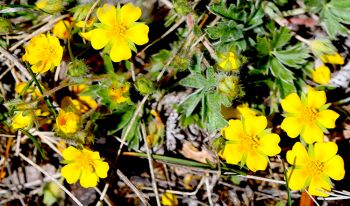
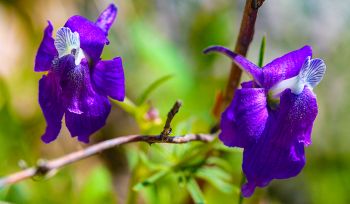
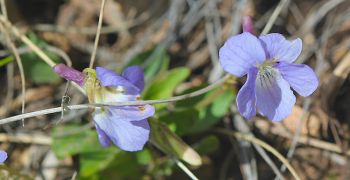
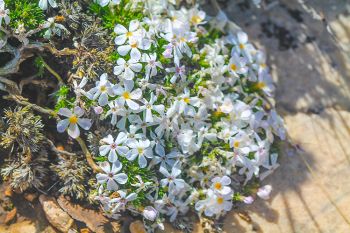
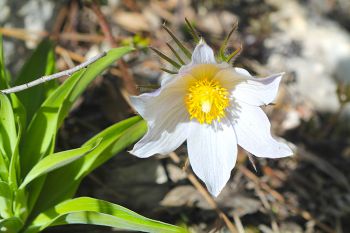
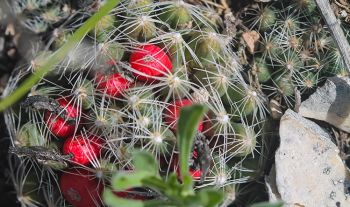

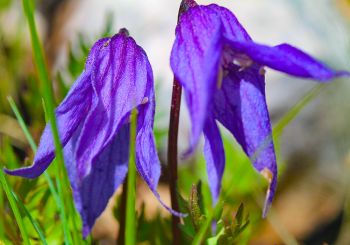
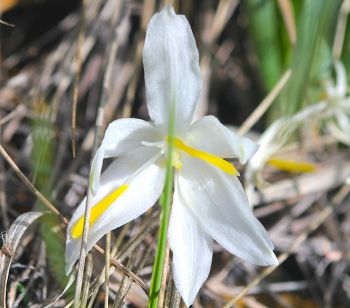

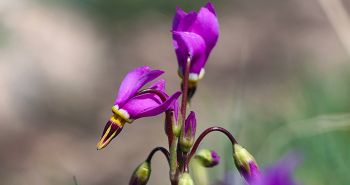

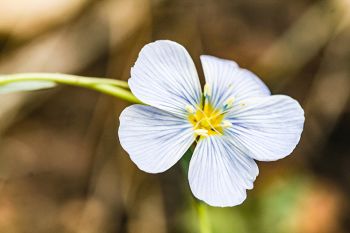
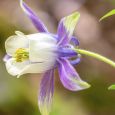



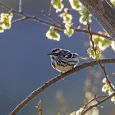



Comments